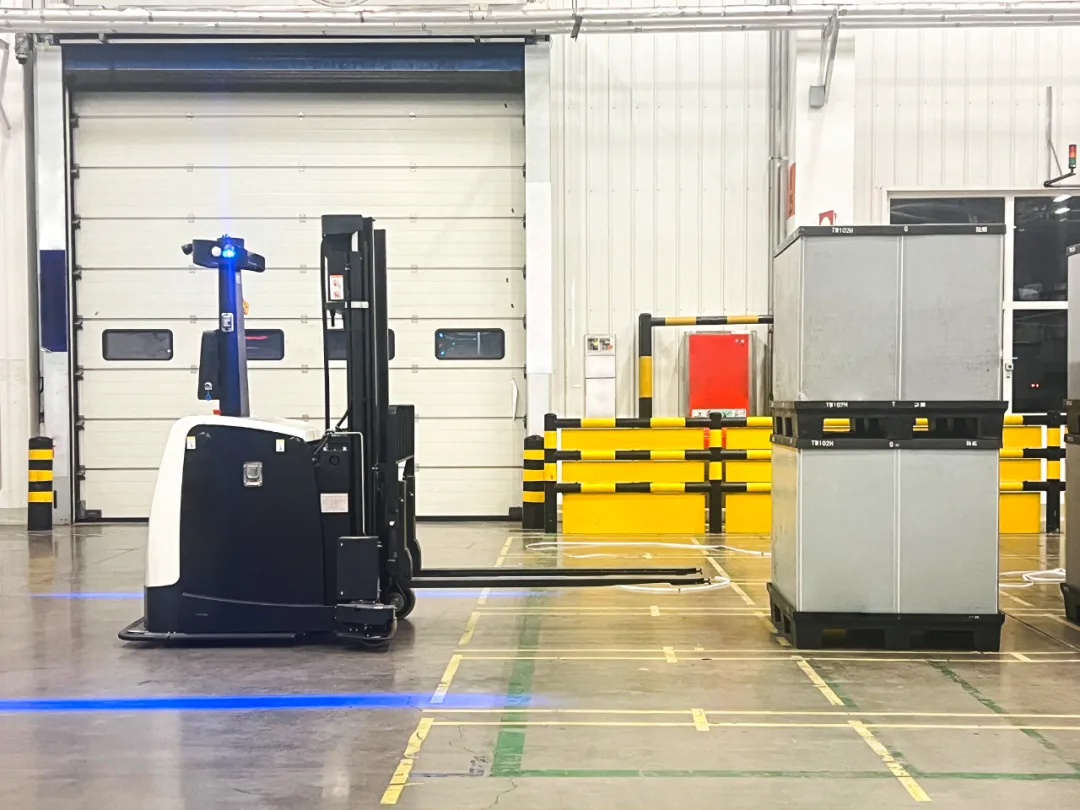
In the ever-evolving landscape of industrial automation, Autonomous Guided Vehicles (AGVs) have emerged as a cornerstone technology, driving forward the future of manufacturing. These intelligent industrial robots are transforming traditional production lines into dynamic, flexible, and highly efficient ecosystems. By leveraging advanced navigation systems, and robust mechanical designs, AGV industrial robots are redefining the parameters of productivity, accuracy, and safety across various industries.
The Genesis of AGV Technology
The concept of AGVs dates back to the early 20th century, with initial applications in warehousing and material handling. However, it was the advancements in sensor technology, computer vision, and machine learning in recent decades that catapulted AGVs into the mainstream of industrial robotics. Today, AGVs are not merely automated carts; they are sophisticated systems capable of navigating complex environments, interacting with other machines, and performing a wide range of tasks with minimal human intervention.
Core Features and Functionalities
AGV industrial robots are characterized by their ability to:
Industry Applications
The versatility of AGV industrial robots makes them indispensable across multiple sectors:
The Future of AGV Industrial Robots
As technology continues to advance, the capabilities of AGV industrial robots will only expand. Emerging trends such as the Internet of Things (IoT), 5G communication, and edge computing will further enhance their connectivity, responsiveness, and decision-making abilities. Collaborative robots (cobots), which can work side-by-side with humans in shared spaces, represent the next frontier in AGV technology, promoting even greater flexibility and efficiency in manufacturing processes.
Moreover, the increasing adoption of sustainability practices in industry will drive the development of eco-friendly AGVs, featuring energy-efficient motors, renewable energy sources, and recyclable materials. These innovations will not only boost productivity but also contribute to reducing the environmental footprint of manufacturing operations.
In conclusion, AGV industrial robots are at the forefront of the fourth industrial revolution, driving unprecedented levels of efficiency, accuracy, and safety in manufacturing. As their capabilities continue to evolve, they will play an increasingly pivotal role in shaping the future of industrial automation, enabling businesses to stay competitive in a rapidly changing global market.